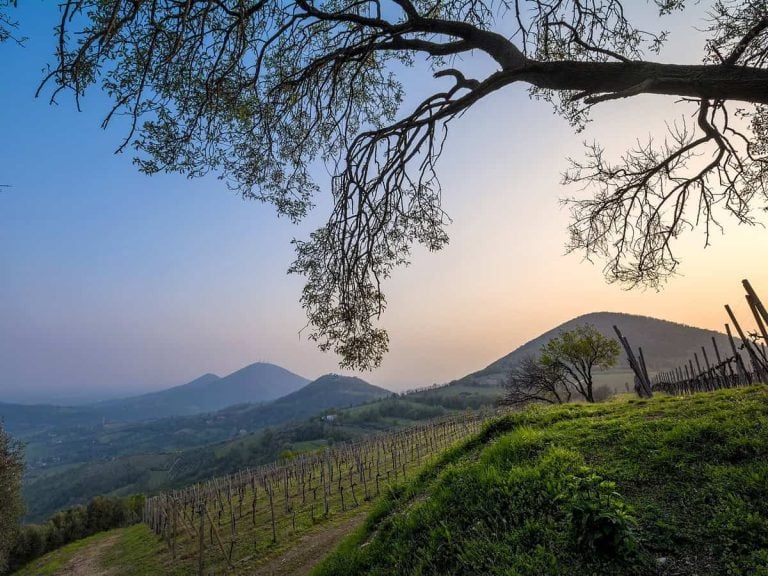The inclusion of the Padua province in the UNESCO list as a World Biodiversity Reserve is a significant milestone to which the wine production system has contributed. The Consortium for the Protection of Euganean Hills Wines has actively supported the candidacy from the start. "Our viticulture is an expression of biodiversity," explained President Gianluca Carraro. "Here, over 30 different grape varieties are cultivated." The vineyards of the Euganean Hills Park cover an area of over 3,000 hectares, mostly on volcanic soils. According to the Consortium, these are cultivated using low-impact techniques, helping to preserve hundreds of animal and plant species, with attention to the environment and respect for landscape constraints. "Producers manage the water, forests, and soil: a fundamental role today in light of the increasingly evident climate changes." The candidacy was proposed in September 2023, highlighting the spectacular landscape with 81 volcanic hills ranging from 300 to 600 meters in the Padua-Veneto Plain. Among these is Monte Venda (the highest hill in the region), along with thermal centers and a lush agricultural plain with numerous olive groves and vineyards.
Record recognitions for Veneto
The announcement came during the 36th session of the coordinating committee of the UNESCO Mab (Man and Biosphere) program in Agadir, Morocco. For the park authority president, Alessandro Frizzarin, this is not an endpoint but "an intermediate step to change and protect our territory." The overall area becoming a Biosphere Reserve covers 34,000 hectares and involves the territory of the 15 municipalities of the Euganean Hills Regional Park. There are also 8 habitats of community interest (4 of priority importance) and 44 habitats of unique species and biotypes, from the typical vegri (dry, unproductive, and stony lands) to precious wetlands. In Italy, this prestigious recognition has been awarded to 20 sites (including Monte Grappa and the Po Delta). The UNESCO Mab World Reserves network includes 748 sites, 20 of which are in Italy. These are areas where eco-compatible development combines with a livable environment. Thanks to the Euganean Hills, Veneto now boasts 18 UNESCO recognitions (a national record): nine tangible heritage sites, five intangible (Glass Bead Art, Tocatì, Transhumance, Dry Stone Walls, Opera), and four Mab reserves (Po Grande, Po Delta, Monte Grappa, and the Euganean Hills).


 Meloni: "Tariffs? If necessary, there will be consequences. Heavy impact on agri-food sector"
Meloni: "Tariffs? If necessary, there will be consequences. Heavy impact on agri-food sector" The Government honours the greats of Italian cuisine, from Bottura to Pepe. Massari: "Thank you, Meloni, the only one who listened to us"
The Government honours the greats of Italian cuisine, from Bottura to Pepe. Massari: "Thank you, Meloni, the only one who listened to us" "We must promote a cuisine that is not just for the few." Interview with Massimo Bottura
"We must promote a cuisine that is not just for the few." Interview with Massimo Bottura Wine was a drink of the people as early as the Early Bronze Age. A study disproves the ancient elitism of Bacchus’ nectar
Wine was a drink of the people as early as the Early Bronze Age. A study disproves the ancient elitism of Bacchus’ nectar "From 2nd April, US tariffs between 10% and 25% on wine as well." The announcement from the Wine Trade Alliance
"From 2nd April, US tariffs between 10% and 25% on wine as well." The announcement from the Wine Trade Alliance







